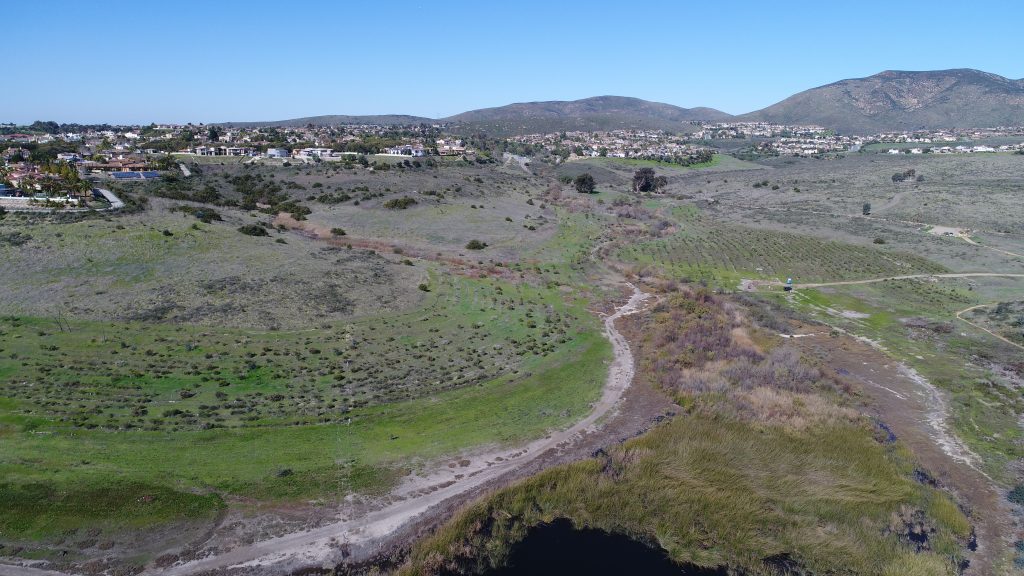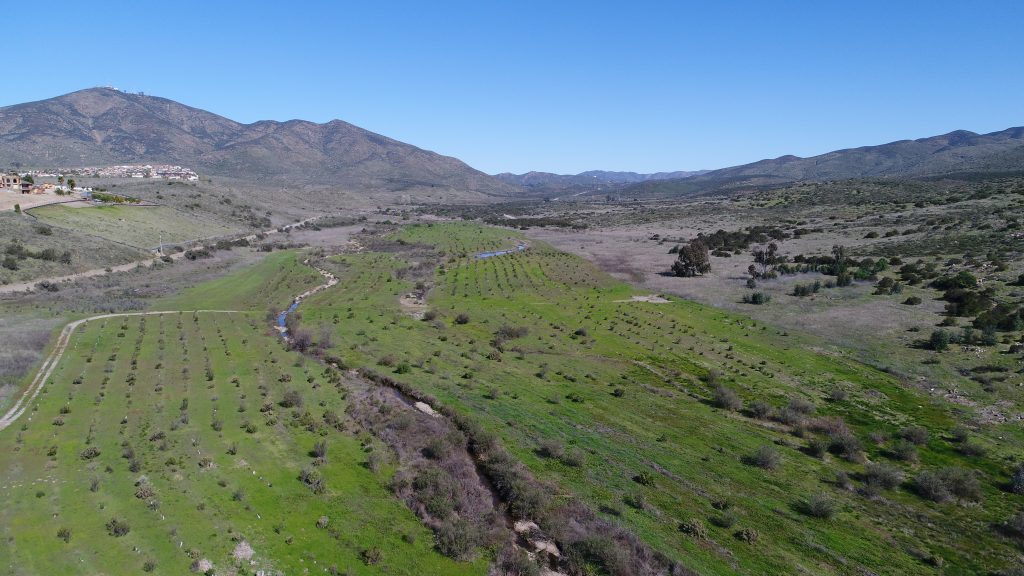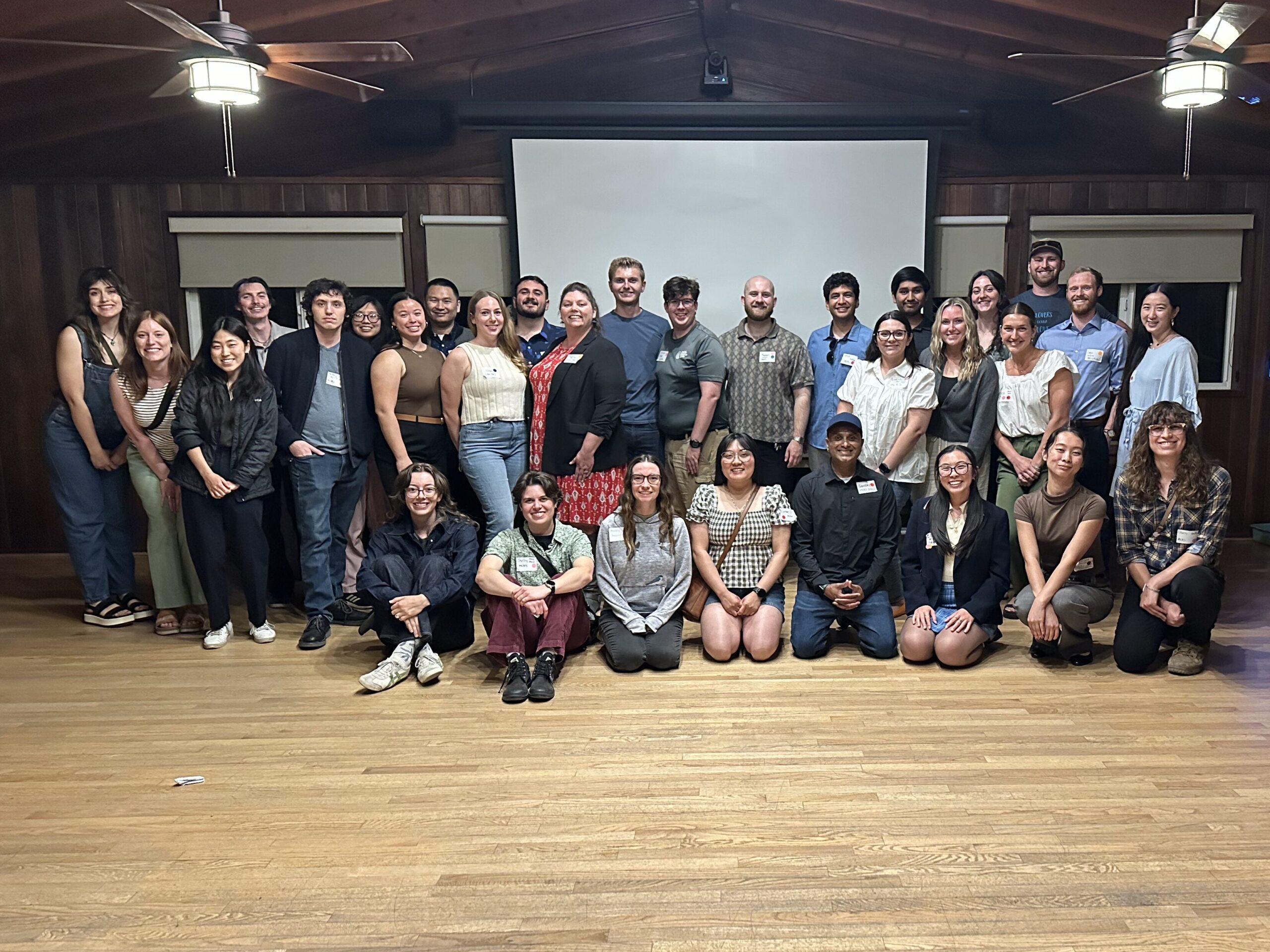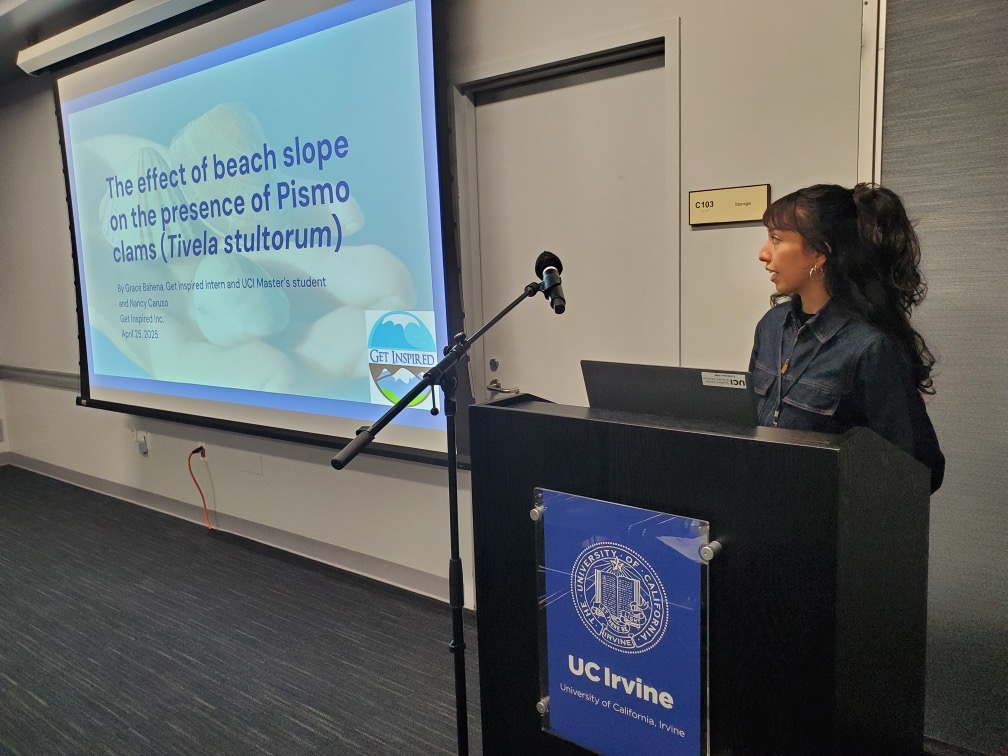Student Blog: Emma Havstad
Emma Havstad, a 2nd year MCRS student, currently works as a Restoration Ecologist at River Partners. She has worked on restoration projects for the Irvine Ranch Conservancy, The Nature Conservancy in Oregon, and the Golden Gate National Parks Conservancy. Emma now devotes her free time to cycling and exploring our national parks, especially in the desert southwest.
Southern Californians know our fate is connected to water. Some trace their journey here to the visual beauty of the Pacific Ocean. Others have grown up in an age where a reliable water supply is not guaranteed; they track rainstorms and snowpacks, time their showers and remove their lawns. Many of us have a nearby creek, river, lake, or beach that provides cool relief during hot months, a natural climate refuge. Some join the environmental movement seeking clean and safe water free from toxic pollutants.

California’s rivers, streams, and lakes have long been essential infrastructure for the state. The upper Santa Ana River acts as a tap for the thirsty and growing communities of San Bernardino, Riverside, LA, and Orange Counties. Downstream, it’s a drain where wastewater treatment plants return water back to nature. The channelized LA River and San Diego Creek have become flood control structures, designed to transfer excess storm waters out to sea quickly with minimal damage to the people and property of the LA metropolitan area. Even Dulzura Creek, a shaded and bubbling stream in south eastern San Diego County, is used to transfer water between drinking water storage reservoirs, a naturally built pipeline.
At the same time, urban Southern California is home to a rich and diverse array of plants, animals, and insects, many of which rely on our lakes and streams. LA County, for example, is home to both 9.8 million people and 51 threatened or endangered species (1). The Santa Ana sucker, a small freshwater fish, is unique to the urbanized watersheds of the Los Angeles, San Gabriel, and Santa Ana Rivers (2). Amid Orange County’s dense human population, two endangered insects make their home. The list goes on. The Santa Ana River woolly-star occurs nowhere but here, relying on floods on the Santa Ana River to disperse and germinate (3). San Diego County, at the confluence of multiple ecoregions and the edge of many species’ ranges, is famously billed as the most biodiverse county in North America.
Accommodating this remarkable biodiversity in our local water systems isn’t just an inherent good we pursue for its own sake, it’s also critical to how Southern Californians recreate. In 2011, nearly 6.5 million Californians participated in wildlife-watching recreation—nearly a quarter of the population (4). The vast majority (92%) watched wildlife within one mile of their home. Wildlife watchers spent over $3.8 billion dollars in California, a significant contribution to our region’s economy. Between 2011-16, national participation in wildlife-watching near home grew another 18% (we don’t have data specific to California for 2016; 5). We can conclude that Southern Californians find value in water systems that don’t just move and store this precious resource, but also provide habitat for the birds, fish, and other wildlife they love to watch.

Making sure that our rivers and lakes are capable of both preserving our rich regional biodiversity and simultaneously serving as our water supply and storage infrastructure requires creativity and innovation and is not without conflict. In San Diego County, I am working with River Partners and water managers to learn how to expand habitat along our reservoirs. Using the body of knowledge River Partners has built over twenty years of planting riparian floodplains, we can predict how quickly our trees will grow above flood height to target where we work. When floods at past project sites exceeded our expectations, our unique system for tracking each plant yielded a database quantifying the response of each species to flooding. In this way, each of our projects contributes new knowledge to help with the next, and we get one step closer to making space for and sustaining our non-human neighbors.
References
- Olive, Andrea, and Alexa Minichiello. “Wild things in urban places: America’s largest cities and multi-scales of governance for endangered species conservation.” Applied geography 43 (2013): 56-66.
- U.S. Fish and Wildlife Service. 2011. Santa Ana sucker (Catostomus santaanae) 5-year Review. USFWS Carlsbad Fish and Wildlife Office.
- U.S. Fish and Wildlife Service. 2010. Eriastrum densifolium subsp. sanctorum (Santa Ana River woolly-star) 5-year Review. USFWS Carlsbad Fish and Wildlife Office.
- U.S. Department of the Interior, U.S. Fish and Wildlife Service, and U.S. Department of Commerce, U.S. Census Bureau. 2011 National Survey of Fishing, Hunting, and Wildlife-Associated Recreation.
- U.S. Department of the Interior, U.S. Fish and Wildlife Service, and U.S. Department of Commerce, U.S. Census Bureau. 2016 National Survey of Fishing, Hunting, and Wildlife-Associated Recreation.




